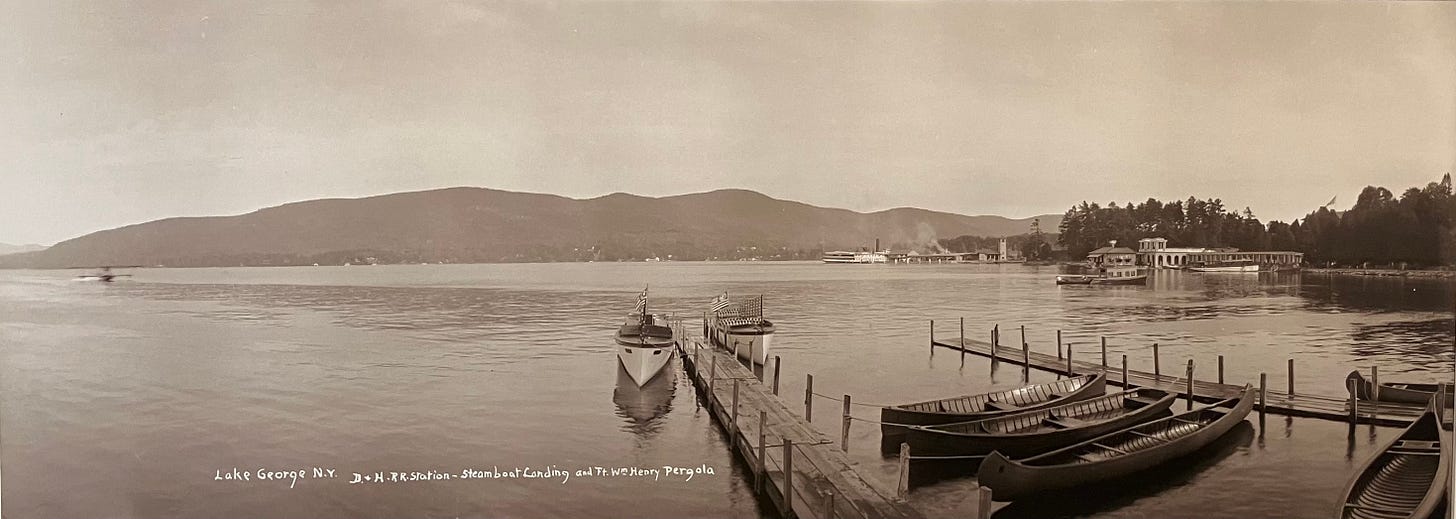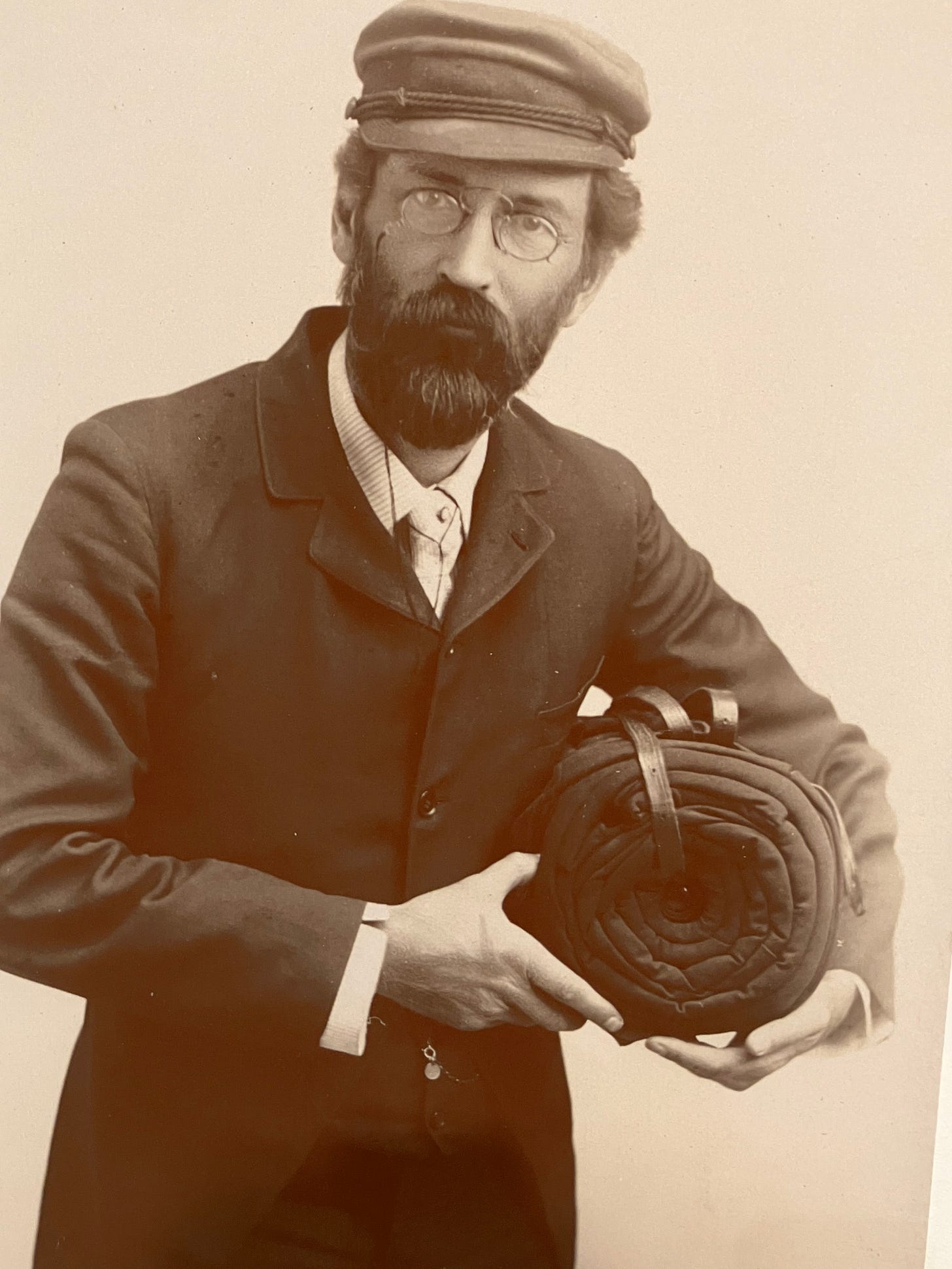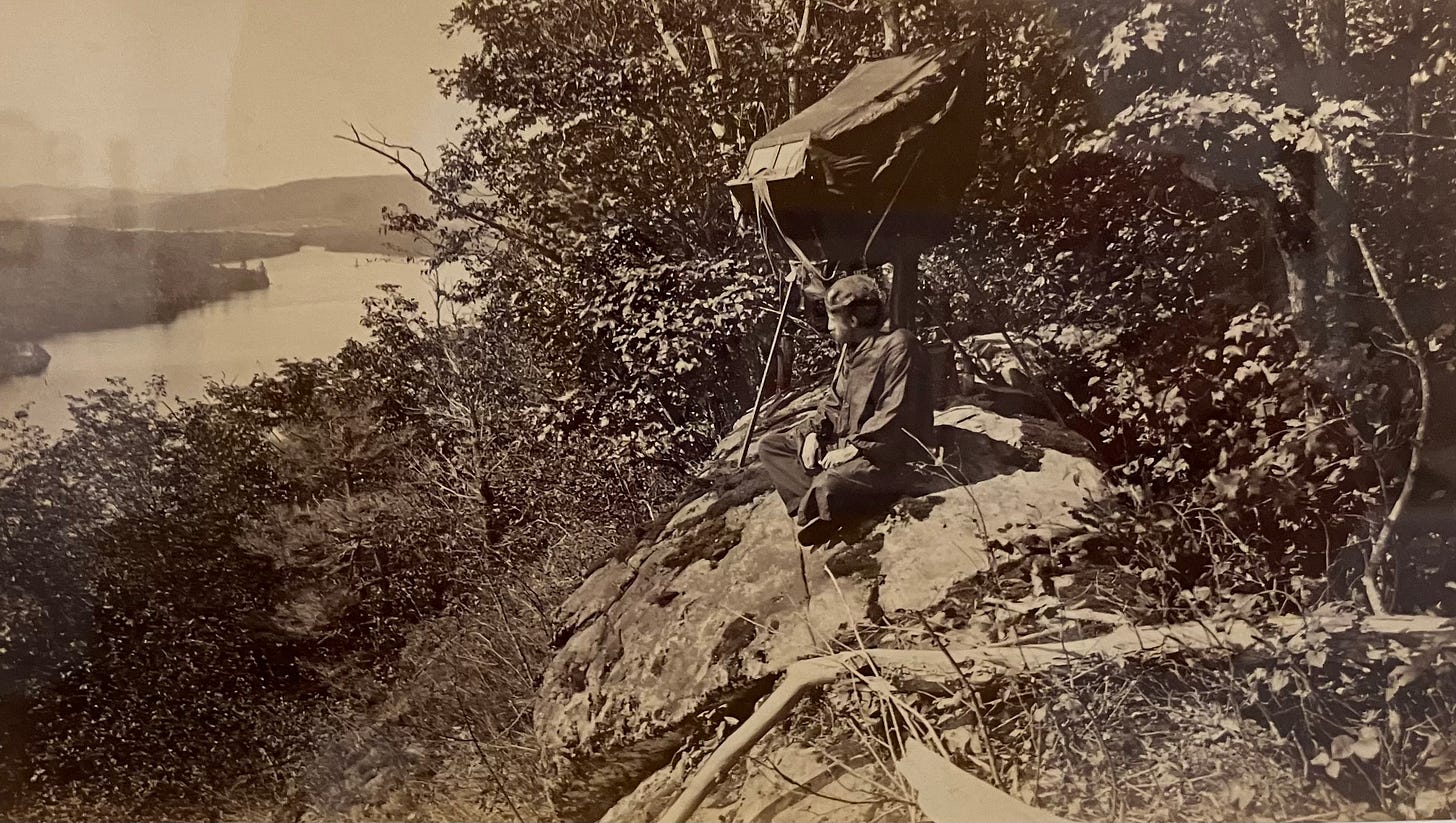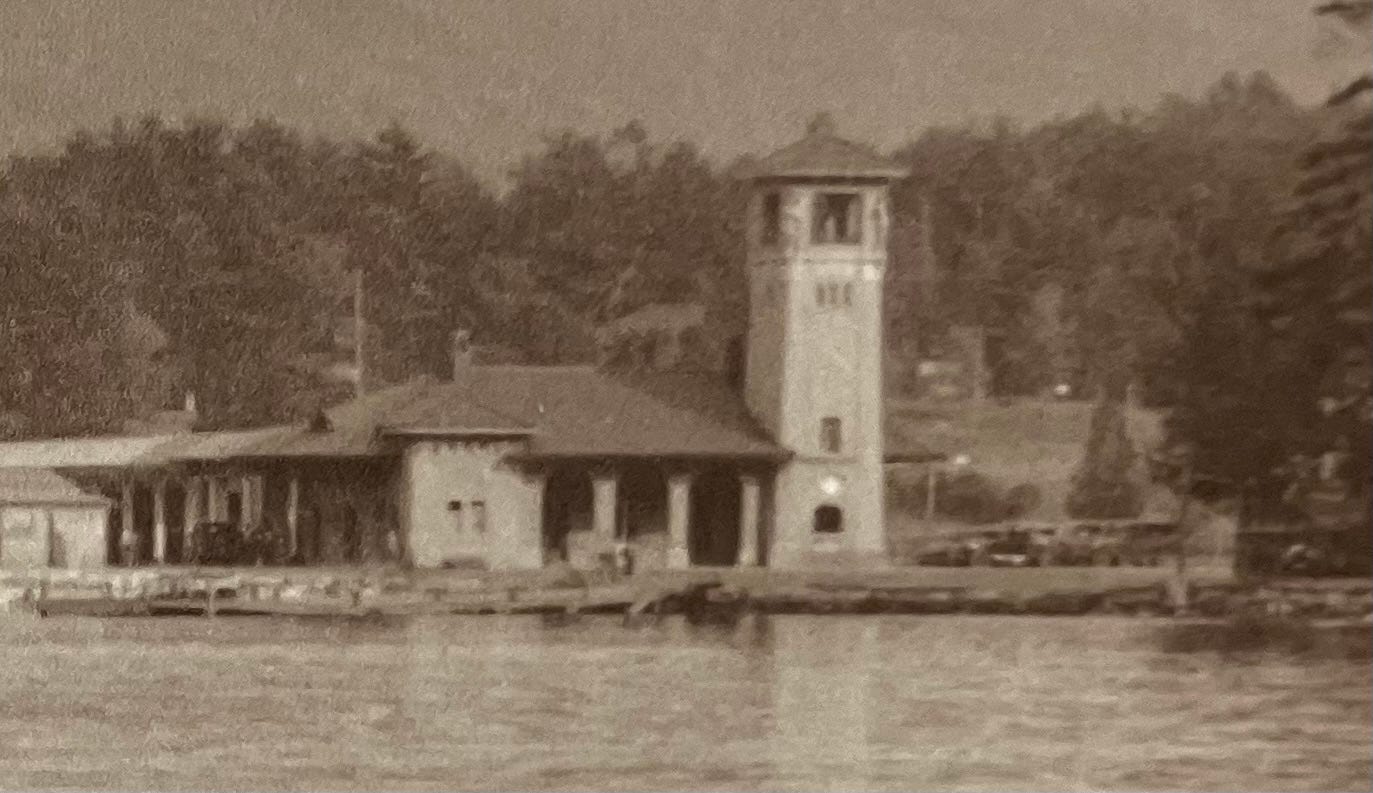New exhibit shows how much Lake George has changed, and stayed the same
Wine and Chocolate tasting event will benefit Chapman in November
By Ken Tingley
There is a small room adjacent to the entrance to the main house at the Chapman Museum where the photographs of Seneca Ray Stoddard are displayed.
They are small framed black and white prints made from the original five-inch negatives. They were taken in the late 1800s when photography was in its infancy and photographers had to lug bulky equipment across rough terrain to get the images we now take for granted.
Previous visits to the museum left me unimpressed with the old photographs.
Perhaps I was jaded by years of photojournalism and the vibrancy of current color images, or maybe I just didn’t understand their historical significance.
That changed this week with a visit to the Chapman Museum’s new exhibition: “Gems of photography: Adirondack landscapes by Seneca Ray Stoddard and Jesse Sumner Wooley.”
For years, the Chapman has promoted its extensive collection of Stoddard photos documenting the history of Glens Falls and the surrounding region. The collection includes some 3,000 Stoddard photos, but this exhibition gives it the historical context it needed by enlarging many of the historical photos of Lake George into poster-sized prints we can appreciate.
While most historical photos show how much things have changed, these images show how Lake George has mostly remained the same.
Stoddard was born in Wilton in 1843 and eventually settled in Glens Falls where he lived on South Street and stumbled into photography as a career. He began traveling the region and in 1874 published a guidebook of the Adirondacks.
Stoddard’s success came on the heels of another photographer born in Warren County - Matthew Brady, famous for his Civil War images.
Considering roads were dirt, travel was done by horse and buggy and the big and bulky equipment had to be carted to remote locations few had visited before, this was an arduous profession.
There is one photograph in the exhibition that shows the bulky equipment wedged into the side of an overlook. It gives context to the ordeal of getting a single image. It is described in the exhibit this way:
Maneuvering through the woods, hiking up and around mountains, lugging a camera, portable darkroom, glass plates, and toxic chemicals was no easy task. After selecting a location for the best composition, Stoddard would set up his tripod and camera, throw a dark cloth over himself and the camera, then open the shutter so the inverted image would appear on the ground glass at the rear of the camera. Adjusting the focus to achieve a sharp image, he would then prepare the glass plates by coating them for exposure. Then, before they dried, he slid them back into camera and calculated the exposure with a light meter.
Only then did he take the photo.
As I pointed my iPhone at those words on the wall at the Chapman, it occurred to me how far we have come and how much Stoddard would have marveled at the ease with which we collect images today.
Wooley, another Glens Falls native, was 24 years younger and mentored by Stoddard. He followed in Stoddard’s footsteps with Adirondack landscapes that were similar in content and style while equally prolific in the number of photos taken.
Stoddard’s travels through the Adirondacks also made him sensitive to what was happening to the environment because of logging.
Author Daniel Way - Seneca Ray Stoddard: The initiate portrait of an Adirondack legend - titled one chapter about Stoddard as “The man who saved the Adirondacks.”
Like other types of art, these photographs can be studied. If you spend some time with them, they reveal the past and give us insights of where we are today.

There is one landscape of the southern basin of Lake George with a steamboat in the distance in the southern basin. On the shore, we see the familiar tower of the then Lake George train station. That building remains and houses a gift shop across the street from the steel pier.
There is another photograph taken from the air - you’d swear it was a drone shot today - that shows the original Fort William Henry Hotel. There is no fort and in the distance where bustling Canada Street is today, you see the main road opening up into fields.

The photos of Stoddard and Wooley are taken from different vantage points all around Lake George. What struck me was that the views have thankfully not changed much in the past century.
What has changed was preserved by the two photographers.
The Chapman described the two photographers as “businessman, enthusiastic travelers and storytellers.”
This exhibition allows us all to appreciate their artful photography of Adirondack landscapes and gives context to why their work was so important.
The Chapman Museum is open Tuesday through Saturday 10 a.m. to 4 p.m. and Sunday noon to 4 p.m.
Wine and chocolate event
Speaking of the Chapman, it’s biggest fundraiser of the year is coming up on Nov. 9-10.
The two-night affair brings something for everyone. On Thursday, Nov. 9, Adirondack Culinary Arts students will prepare a special dinner at “Seasoned,” the college’s culinary center on 14 Hudson Ave. in GlensFalls.
Wines will be paired with food prepared by the SUNY students. Wine has been donated for the event by the Lake George Wine Outlet.
On Friday, Nov. 10, the Wine and Chocolate tasting event will be held at the Queensbury Hotel from 5:30 to 8 p.m.
Thursday’s dinner is $125 per person and includes Friday’s wine and chocolate tasting.
If you just want to attend the wine and chocolate event on Friday, it is $45.
You can go online to secure your reservation.










I attended this exhibit on Saturday and agree it is outstanding. My grandparents built a house in Sabbath Day Point which is on the Lake below the lookout. I remember my mother's stories of how challenging their trip from NYC via train to Lake George and then the car ride over the mountain. They would get multiple flat tires and getting there was quite a challenge. These photos were a wonderful reminders of a simpler (and not so simple) time in our history and I highly recommend people see this exhibit. I was also reminded of how important the Chapman is to our area.
Thank you Ken. Excellent article that explained perfectly the goal of the current exhibit at the Chapman Museum- not only to showcase the amazing Stoddard collection but you have explained the creation & development of photography as a medium thanks to diligence of two local brilliant photographers Stoddard & Wooley! It’s an exhibit that needs to b seen multiple times. Thank goodness the exhibit will be here until Jan.7, 2024!